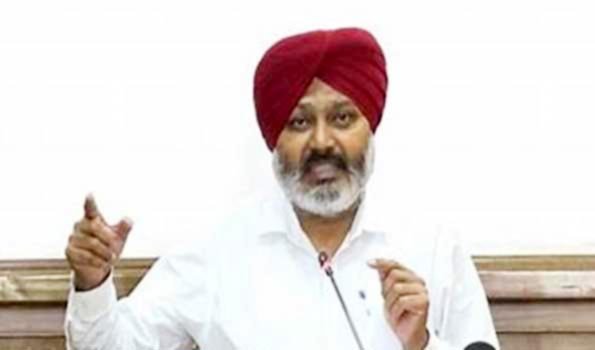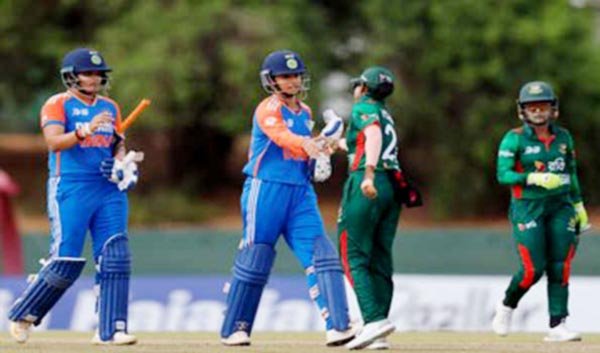New Delhi, April 24 (UNI) The Supreme Court on Wednesday, while hearing the petitions seeking 100% tally of Electronic Voting Machines (EVMs) data with VVPAT records, said that the EVM source codes ought not to be disclosed, as the same can be misused.
The bench comprising Justice Sanjiv Khanna and Dipankar Datta while dealing with petitions filed by NGO-Association for Democratic Reforms and others had today called one representative from the Election Commission to clarify certain points.
The hearing in the matter had concluded on April 18, and the verdict was reserved on the same day.
Today, the matter was listed “for directions’.
The matter pertains to petitions seeking that instead of the prevalent procedure, where the Election Commission cross-verifies EVM votes with VVPATs in only 5 randomly selected polling stations in each assembly constituency, all VVPATs be verified.
Further, the petitioners had sought measures to ensure that a vote is ‘recorded as cast’ and ‘counted as recorded’.
The Apex Court had earlier turned down the petitioner’s request of to go back to the old method of paper ballot voting in the Polling booths. The Court had said that we should not doubt the system but remove flaws which can have the possibility of human intervention and tempering of the Electronic Voting machines.
During the hearing, the bench asked the Election Commission official who appeared before the court at 2 PM to give suitable clarification regarding the operation of the EVM.
Senior Advocate Santhosh Paul (appearing for one of the petitioners), said that the issue of EVM is about its source codes disclosure.
Justice Khanna immediately responded saying, “Source code should never be disclosed…it will become a problem…people will then try and misuse”.
Justice Khanna also raised certain queries and asked the Election Commission to clarify whether the microcontroller was installed in the Control Unit or the VVPAT.
(We were under the impression that it is installed in the Control Unit, but in Frequently Asked Questions, it is indicated that it is installed in VVPAT), the Bench said.
The Court further asked the EC, “Is the microcontroller which is installed one-time programmable? (ECI stand is that it is, implying it cannot be modified).
How many Symbol Loading Units are available? Is the limitation period for filing an election petition is 30 days as such storage is 45 days.
But as per Section 81 of the Representation of People Act, the limitation period is 45 days. This needs to be clarified. “Accordingly, storage should be increased. If it’s 45, it can be 60″, the court said.
Further, the bench asked, “On securing of EVMs, do both control unit and VVPAT bear seals?”
Earlier the matter relating to a public interest litigation seeking independent audit of EVM source codes was not entertained by the Apex Court.
But after a series of petitions were filed relating to the tampering of EVMs the Court eventually took up the matter.
In the said round of arguments before the Top Court, the petitioners contended that EVM source code, which is like the brain of the EVMs, must be independently audited and the report of the audit should be placed in the public domain.
Earlier similar PILs were dismissed by a bench headed by Chief Justice of India DY Chandrachud in November 2023, with the observation that on such a policy issue, we are not inclined to issue a direction as sought by the petitioner.”











